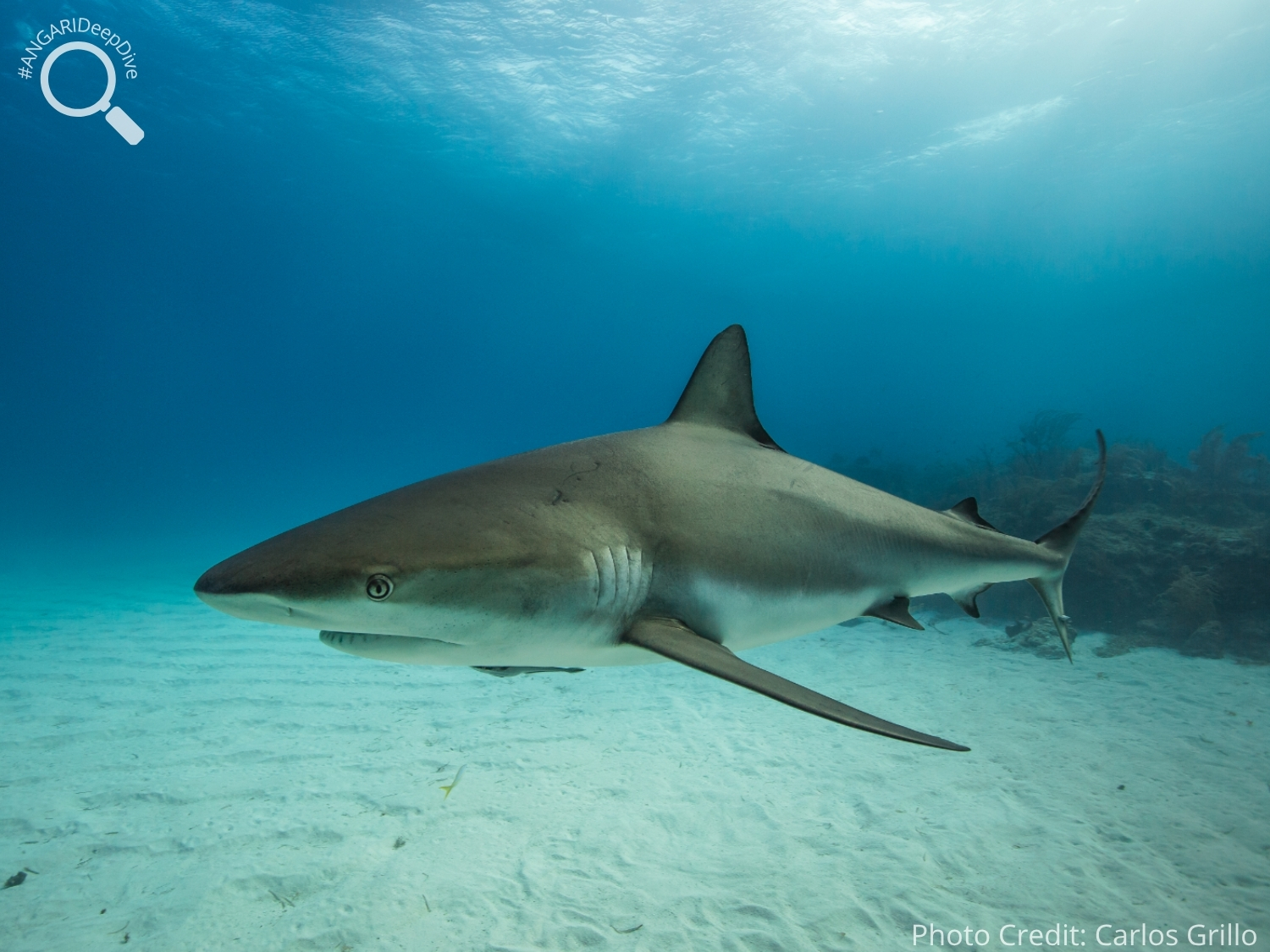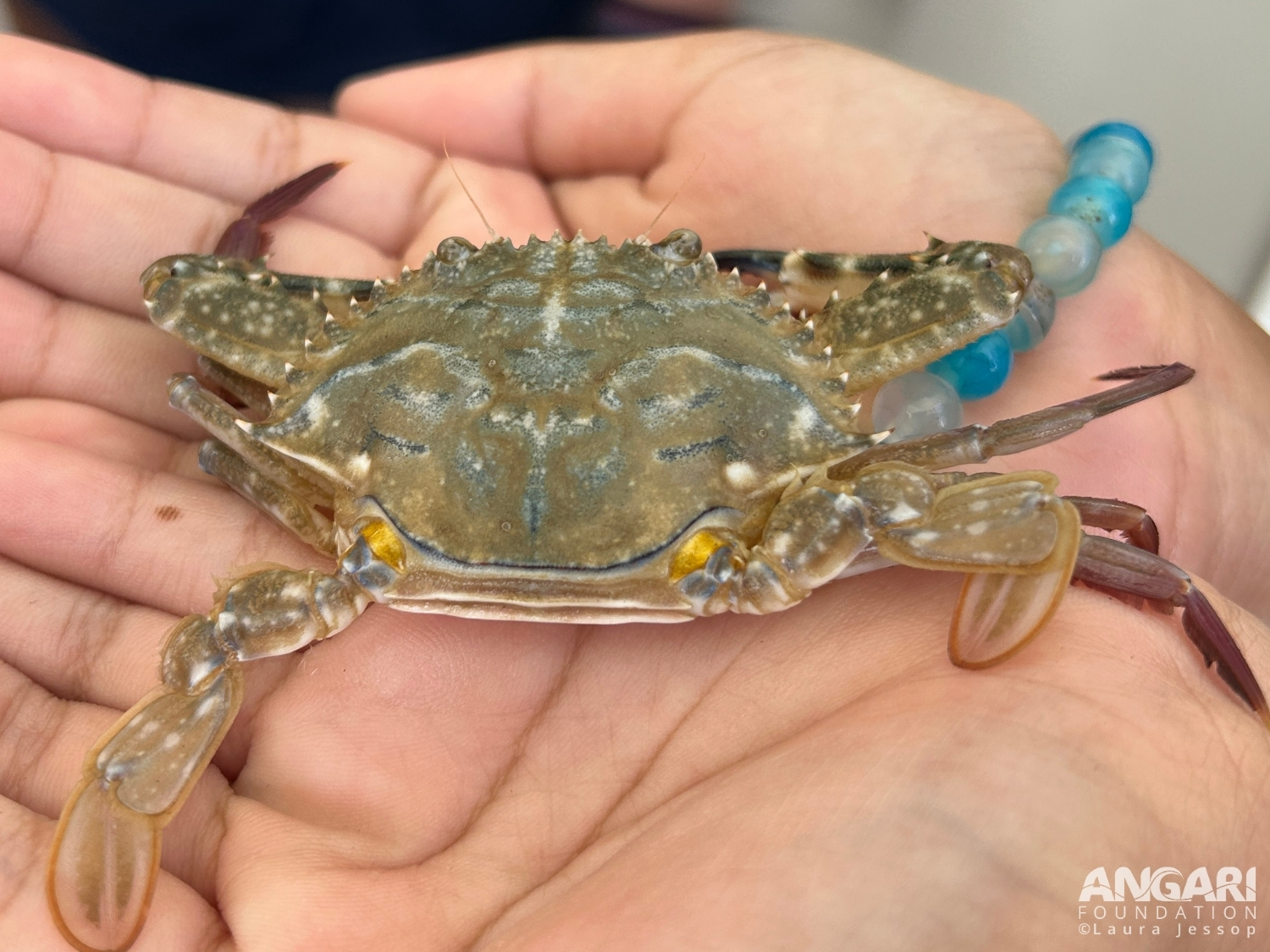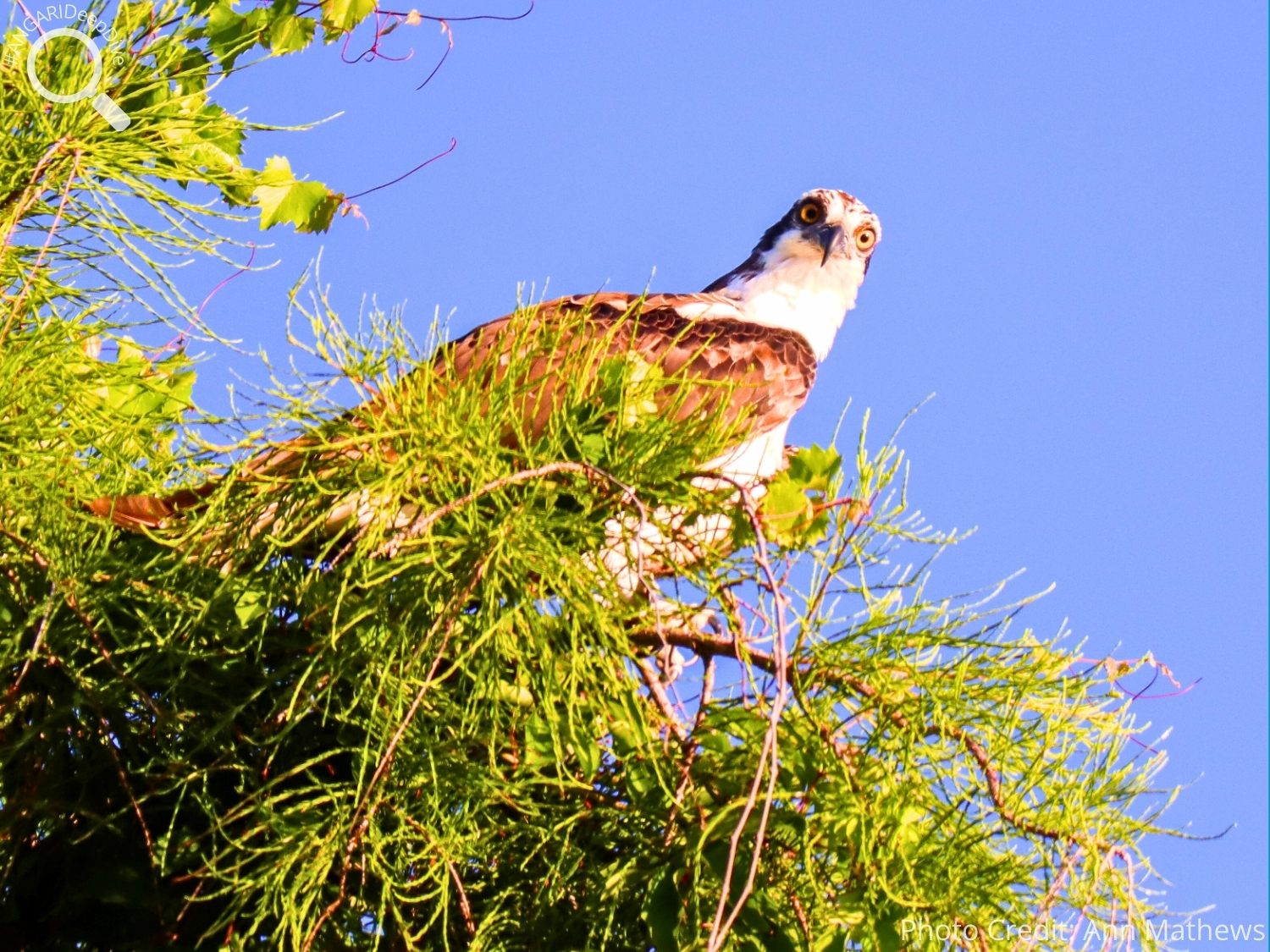Caribbean reef sharks are the most common shark found on or near coral reefs throughout the Caribbean.
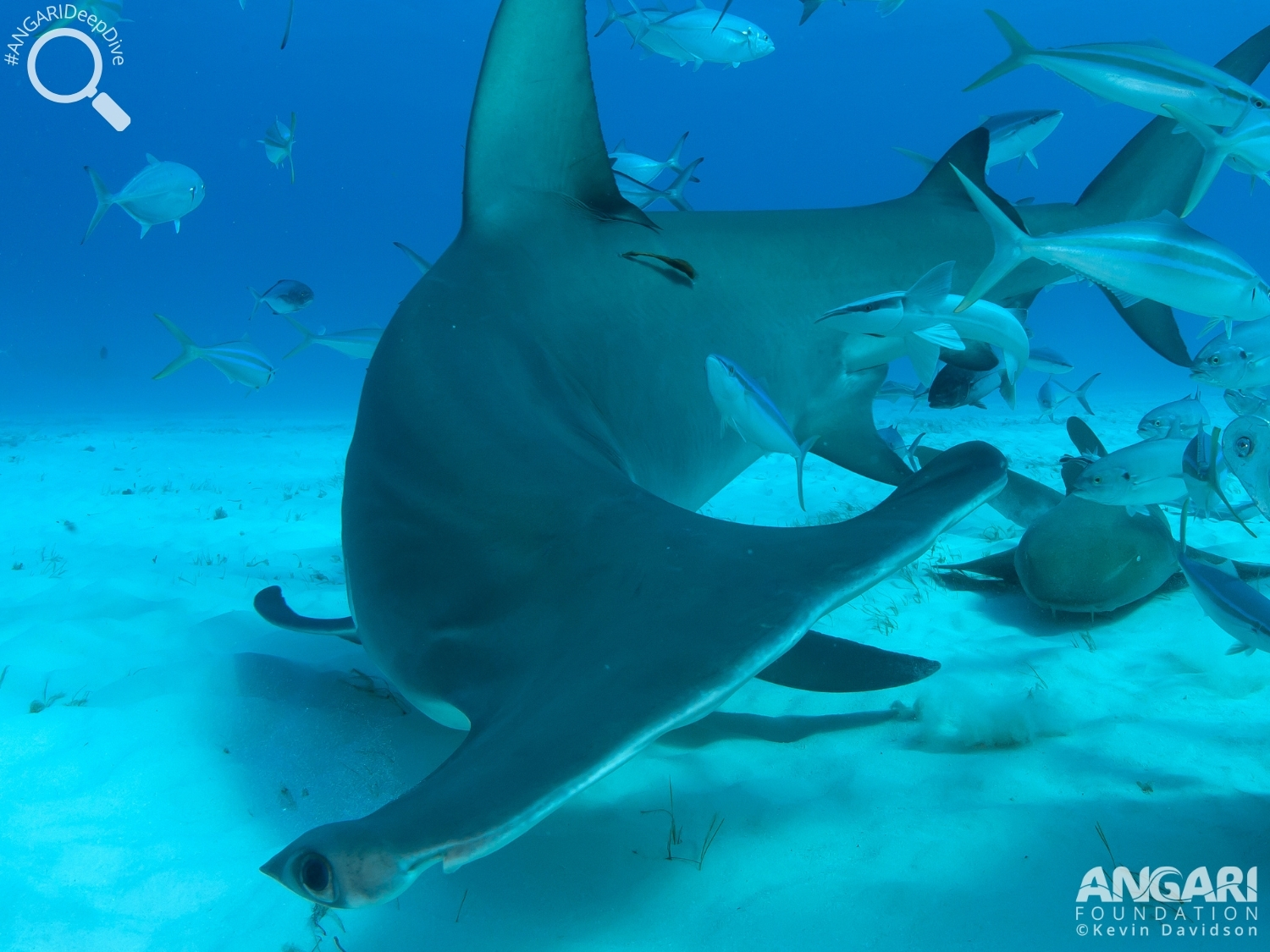
Great Hammerhead Shark (Sphyrna mokarran)
The great hammerhead shark (Sphyrna mokarran) is an apex predator within the shark community and marine ecosystem. This species of shark is extremely identifiable by its unique hammer-shaped head that it uses to help locate and catch its prey. Keep reading for so many great facts about this beautiful shark.
#1: Where can you find a great hammerhead shark?
The great hammerhead shark is found throughout tropical waters across the globe. It is common for them to be found in both inshore shallow water and deep offshore water.
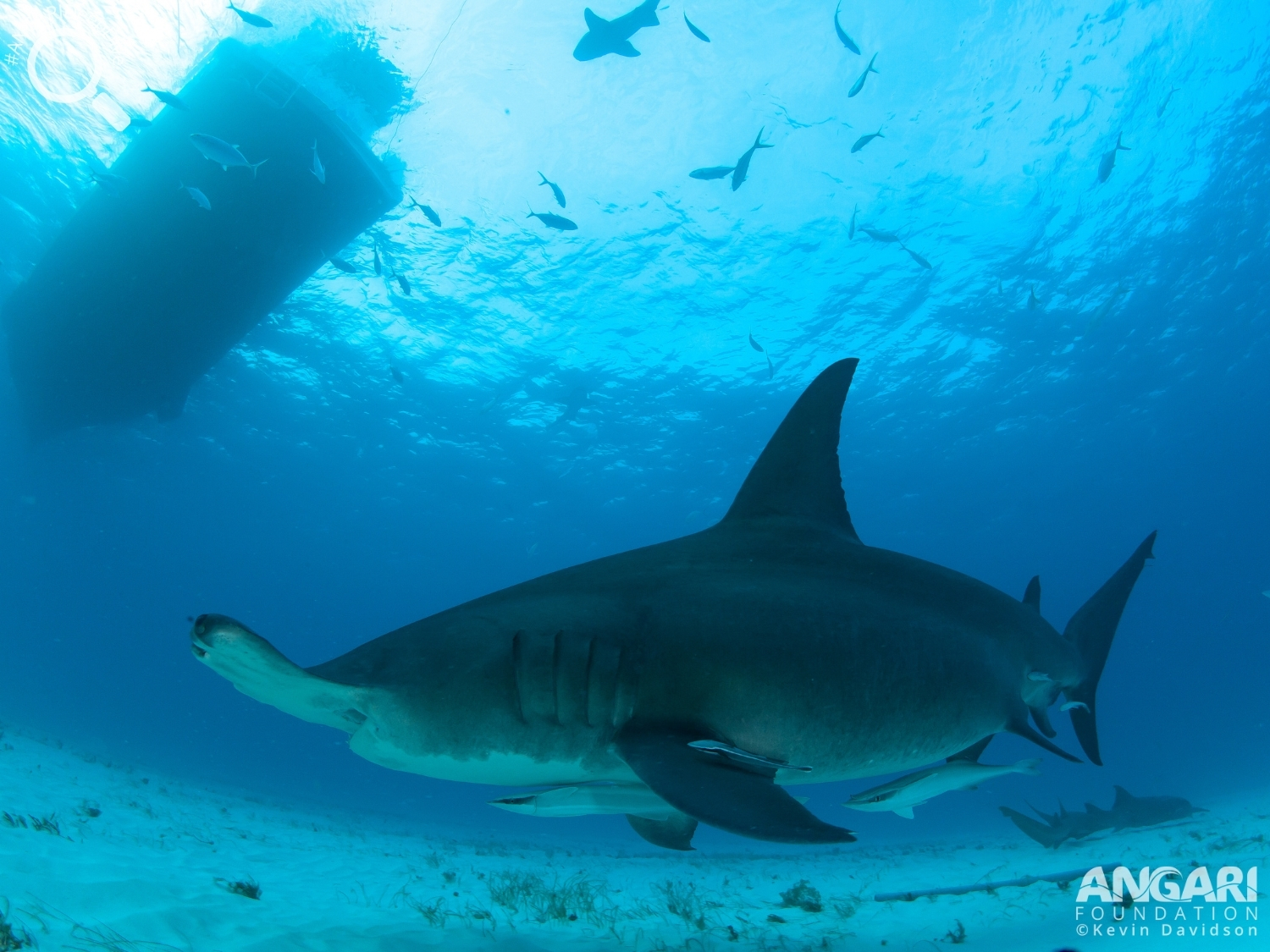
#2: How big are great hammerhead sharks?
Great hammerhead sharks are the largest of the nine hammerhead shark species. On average they grow to be 15ft in length but there are records of great hammerhead sharks reaching 20ft in length!
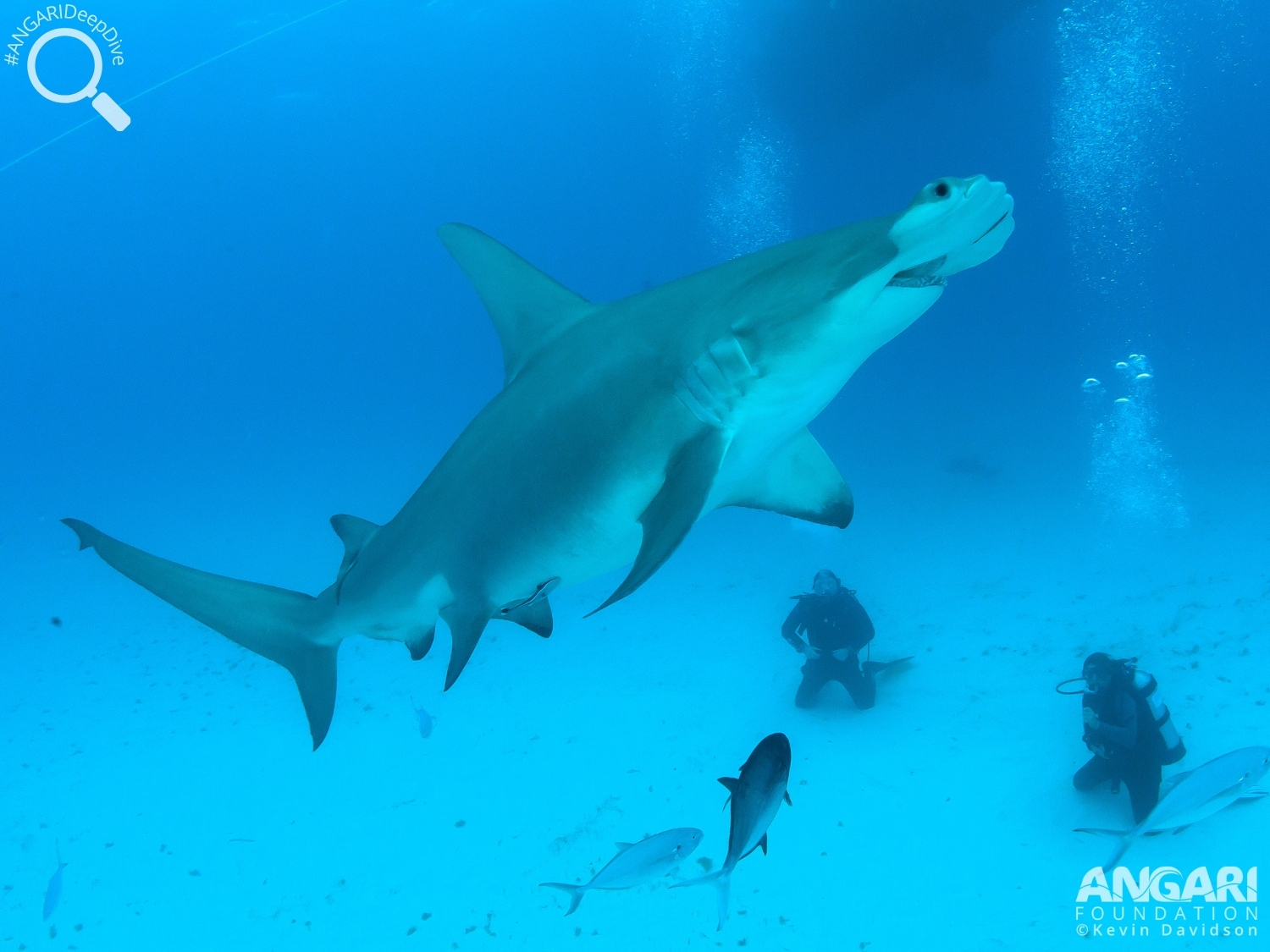
#3: There is no mistaking a great hammerhead shark’s head.
It is very obviously where the great hammerhead shark and all other hammerhead shark species get their name from. It is because of the hammer-shaped head that is has. This ‘hammer’ is called a cephalofoil and it provides the shark with abilities such as detecting and catching prey.
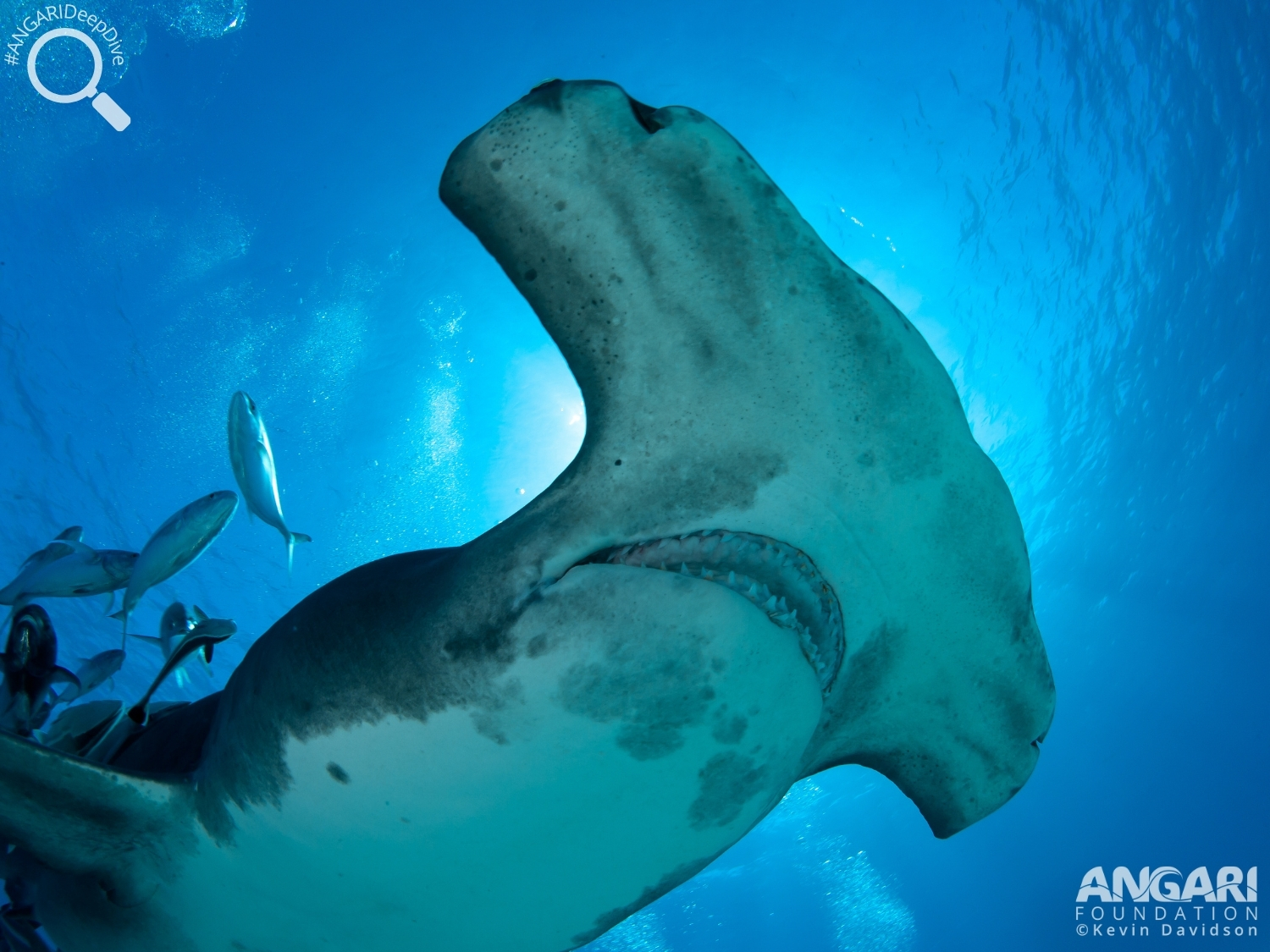
#4: How can you identify the great hammerhead shark?
There are a few ways to identify a great hammerhead shark. These sharks can be identified by a notch that is located in the middle of its cephalofoil and their extremely large dorsal fin.
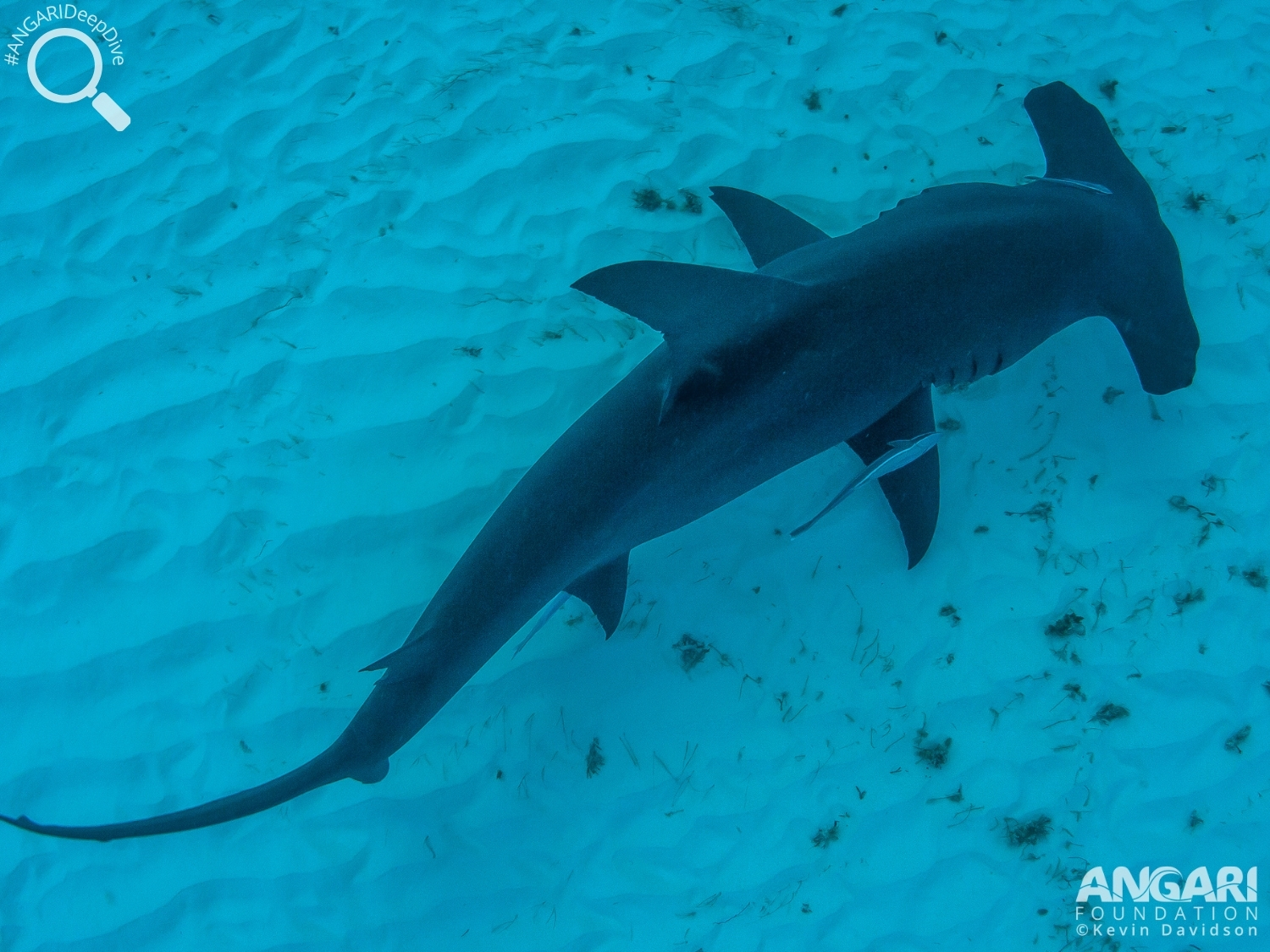
#5: Do you know where the great hammerhead’s eye are?
The great hammerhead shark has a very different head shape in comparison to other shark species, and this means that their eyes are also located in a different place. You can find great hammerhead shark’s eyes at each end of the cephalofoil meaning they are wide-set which gives them a better field of vision.
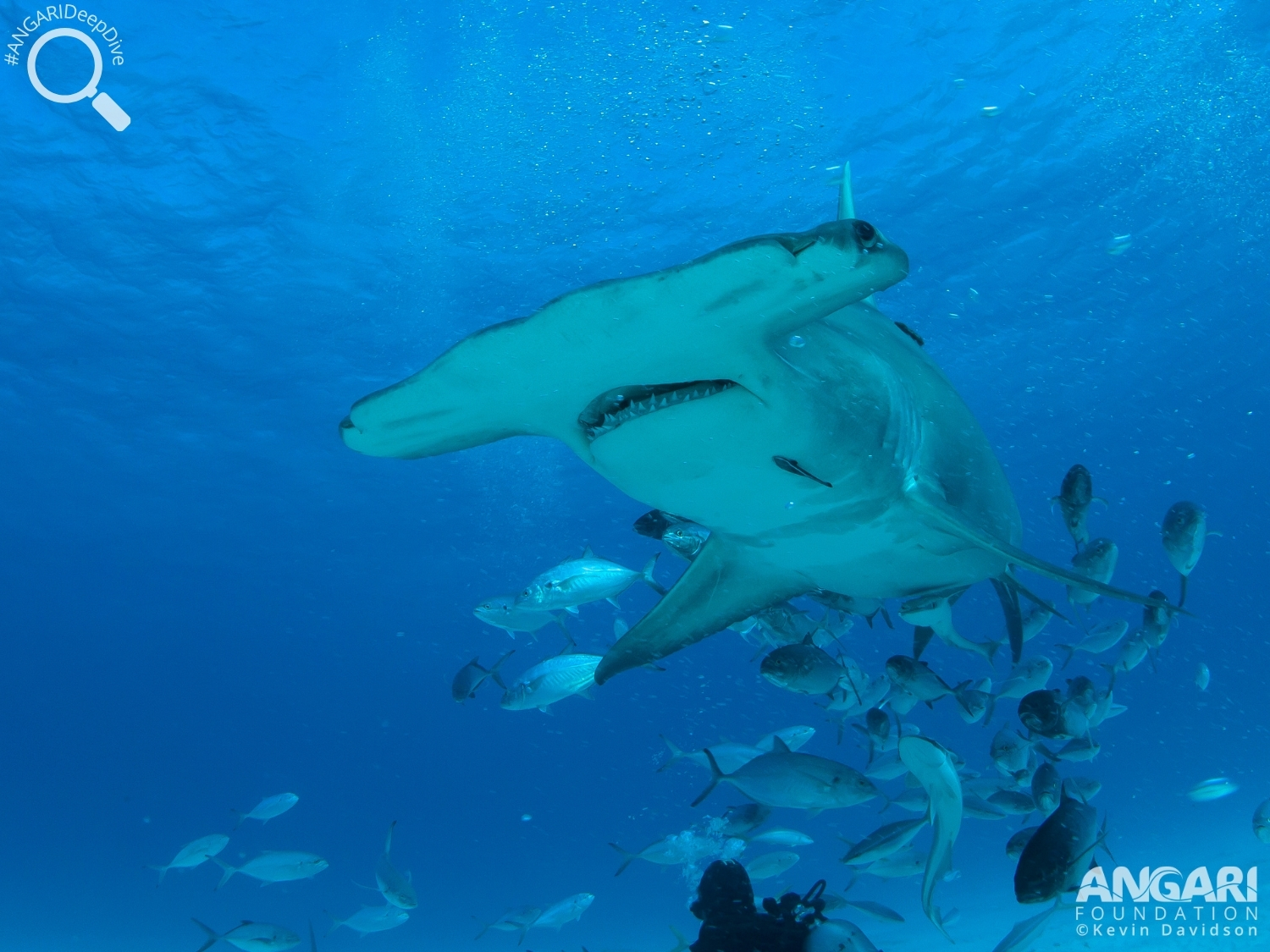
#6: Great hammerhead sharks are well adapted to catch their favorite prey!
The favorite prey of a great hammerhead shark is stingray, and they are very well adapted to be able to catch them. They use their cephalofoil to detect stingrays that are buried underneath the sand. They use sensory cells, called ampullae of Lorenzini, that are in their cephalofoil to detect electrical impulses being given off by the stingrays. Once they have a location, they use their head to pin down and catch the stingray.
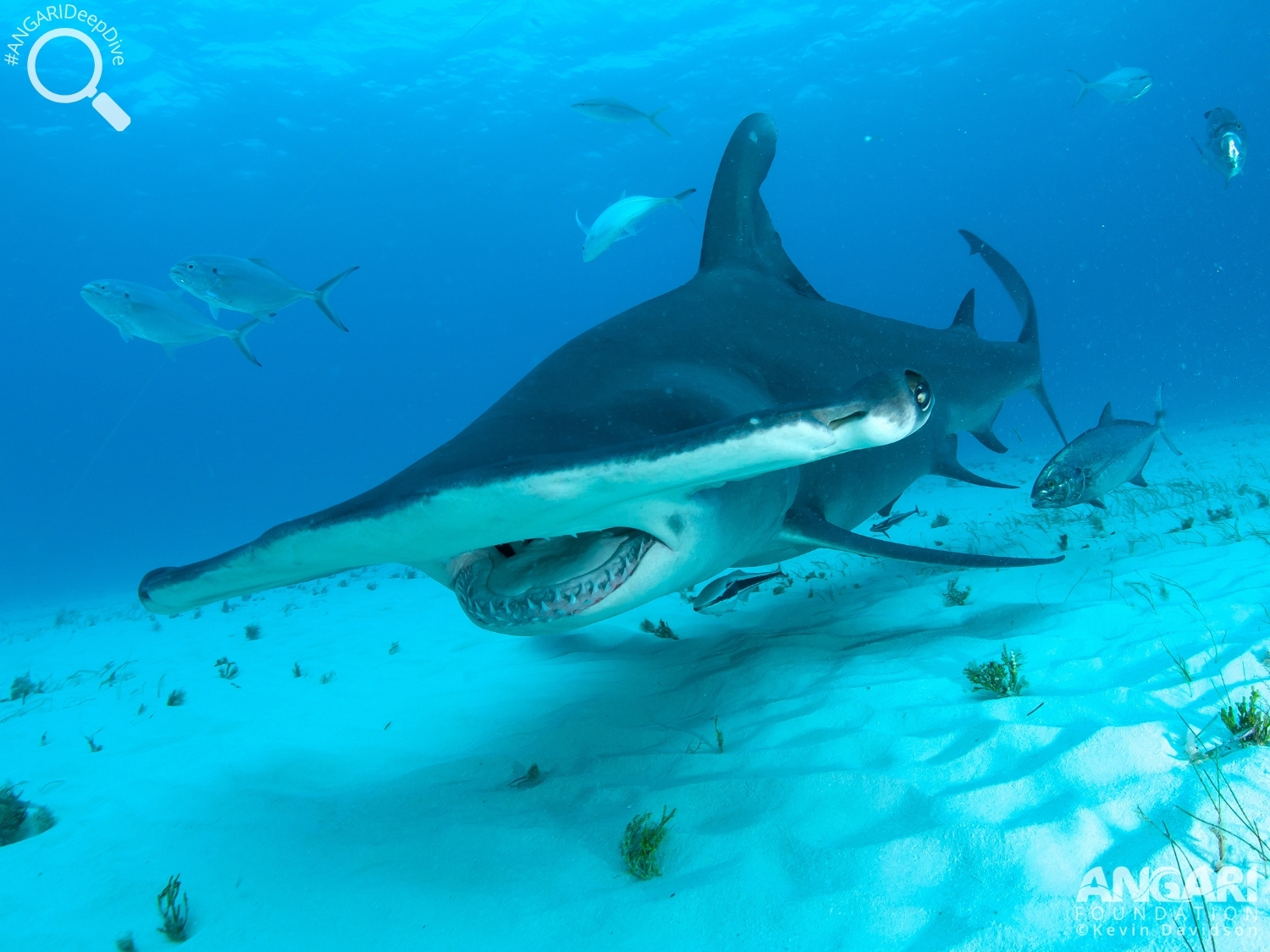
#7: A great hammerhead shark will give birth to live young.
Great hammerhead sharks are viviparous, which means that they give birth to live young. A female great hammerhead will give birth to up to 50 live pups after a gestational period of 11 months.
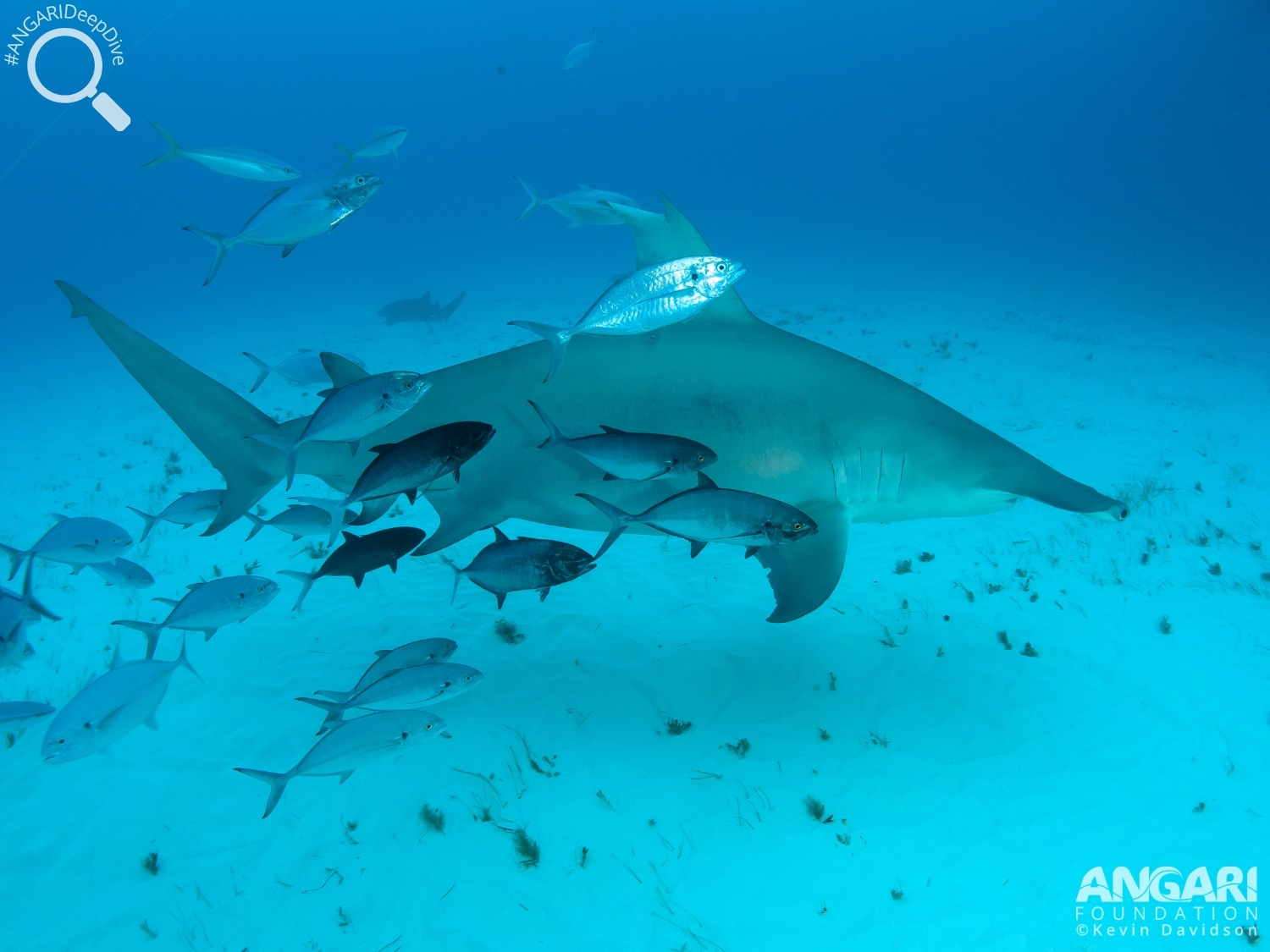
#8: The great hammerhead shark matures quickly.
On average the great hammerhead sharks grow faster than other sharks species and matures earlier. After roughly 5-9 years a great hammerhead shark is mature and ready to mate.
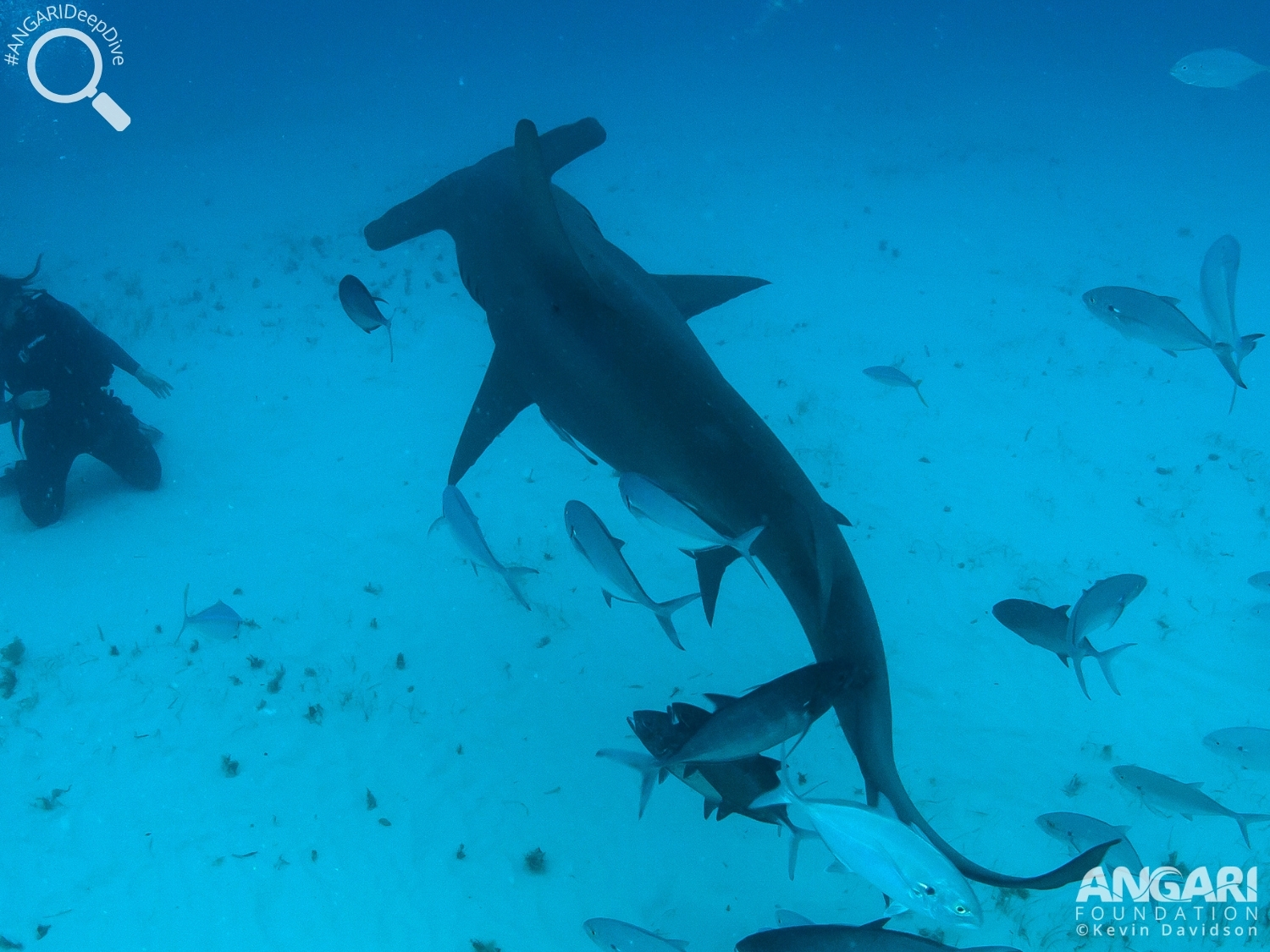
Unfortunately, the great hammerhead shark is considered a critically endangered species and their populations continue to decline. The main threat this species faces is overfishing due to both targeted fishing and bycatch. Let’s continue to practice sustainable fishing methods to help this fascinating species. Why don’t you check out our 3D model of Nemesis the great hammerhead shark and learn more about great hammerhead sharks – https://angari.org/3dgreathammerheadshark/.
Additional Great Hammerhead Shark Resources:
1. Nemesis – Great Hammerhead Shark 3D model
2. Ocean Expert Exchange with Dr. Erin Spencer, Florida International University
3. IUCN Red List – Great Hammerhead

